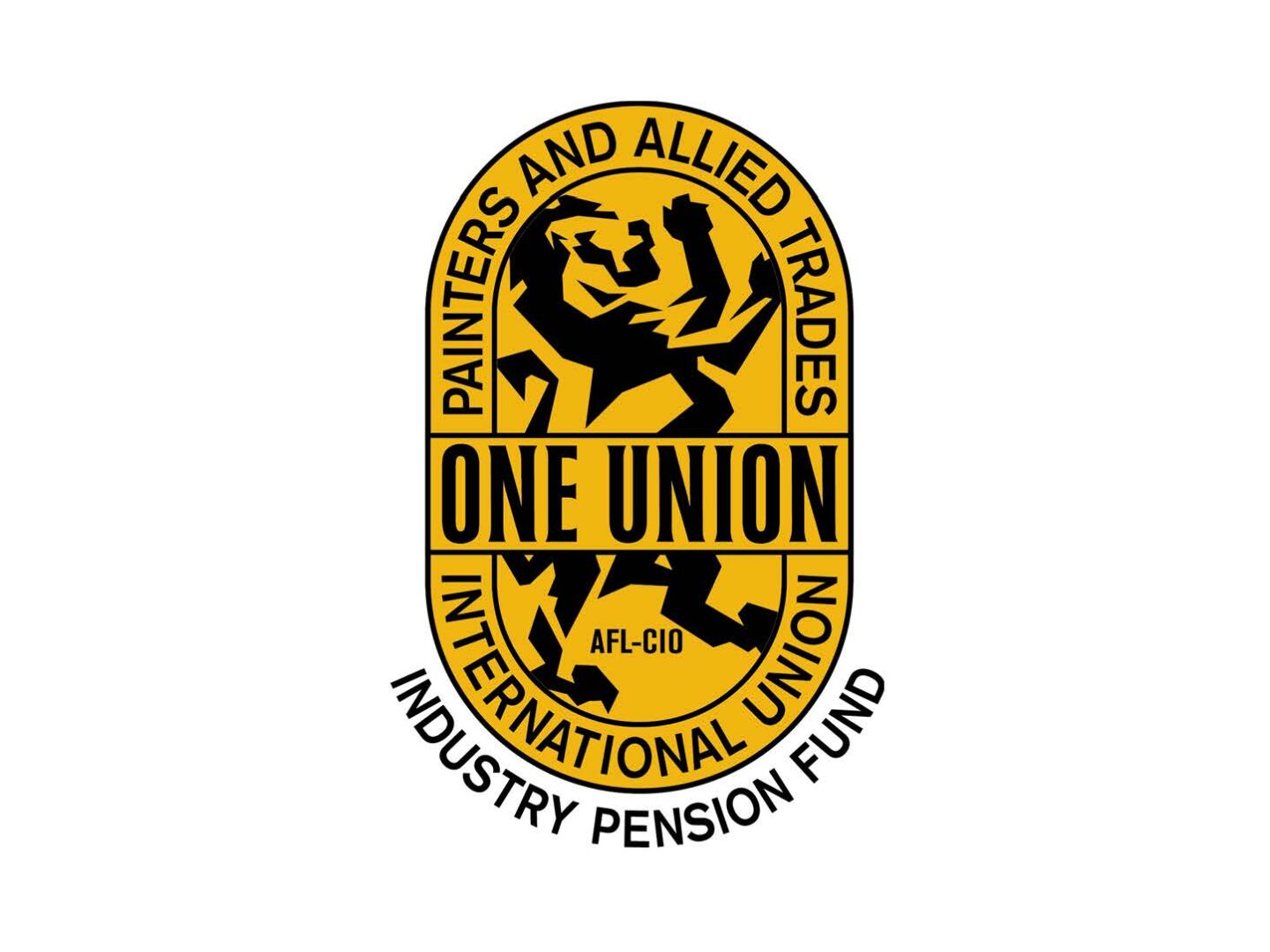Industry Pension Fund
We have the resources and experience that you and your family need for a more secure future!


In March 2022, I found out I had more than enough hours to retire with a full pension. I jumped up and down and was so excited by this blessing, knowing my expected retirement date was in 2026. I have worked very hard for 39 years and 10 months. I don’t know for sure if I am the only woman from DC 9 retired with a full pension, but I am pretty sure I am the only black woman so far.
Testimonials

I watched my parents live on Social Security in their retirement. They sold their home, moved into an apartment, and used up all their savings to get by. The pension from my union has helped me maintain the same lifestyle I had as a worker, but I now get to enjoy the free time I have to maintain hobbies and be with family. Having the financial security of a pension after working for the IUPAT for 30 years is a very good feeling.

As a 44-year member and retiree of 12 years, I'm thankful for those who came before me and made sure our drywall finishers had access to the IU Pension plan. We became eligible to participate in '92, the same year I bought my retirement property on the SW Washington coast. Our tapers knew the value of funding this plan and still do. I don’t worry about my finances. My pension is in the bank every month, and allows me to enjoy fishing, crabbing, clamming, travel, and all that life has to offer.

My first retirement purchase was a new Mustang sports car, and I now spend my free time traveling with my wife, Karin, and gardening. Joining the IUPAT was the best decision that I ever made, and I encourage all young people I speak with to do the same.
